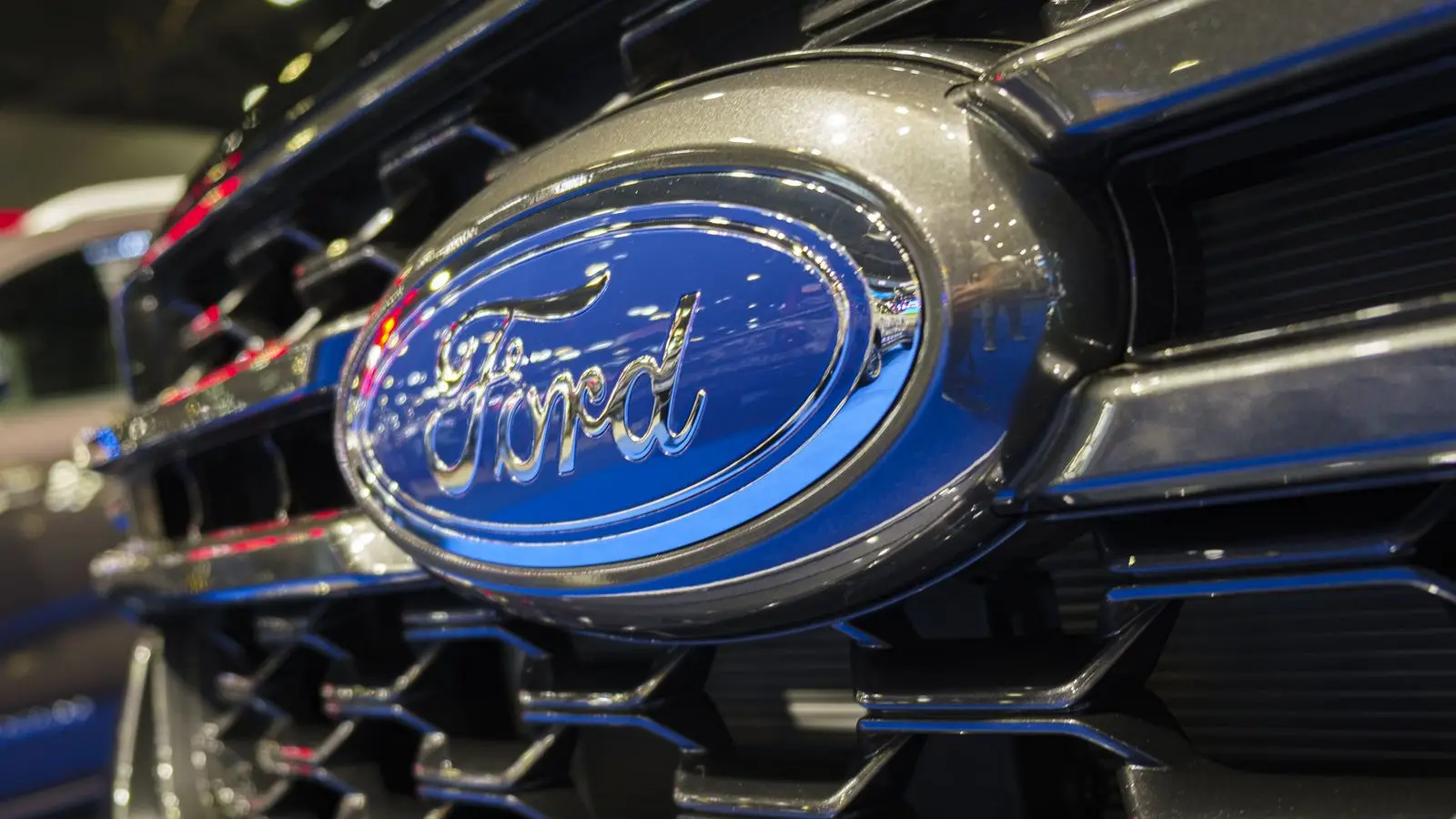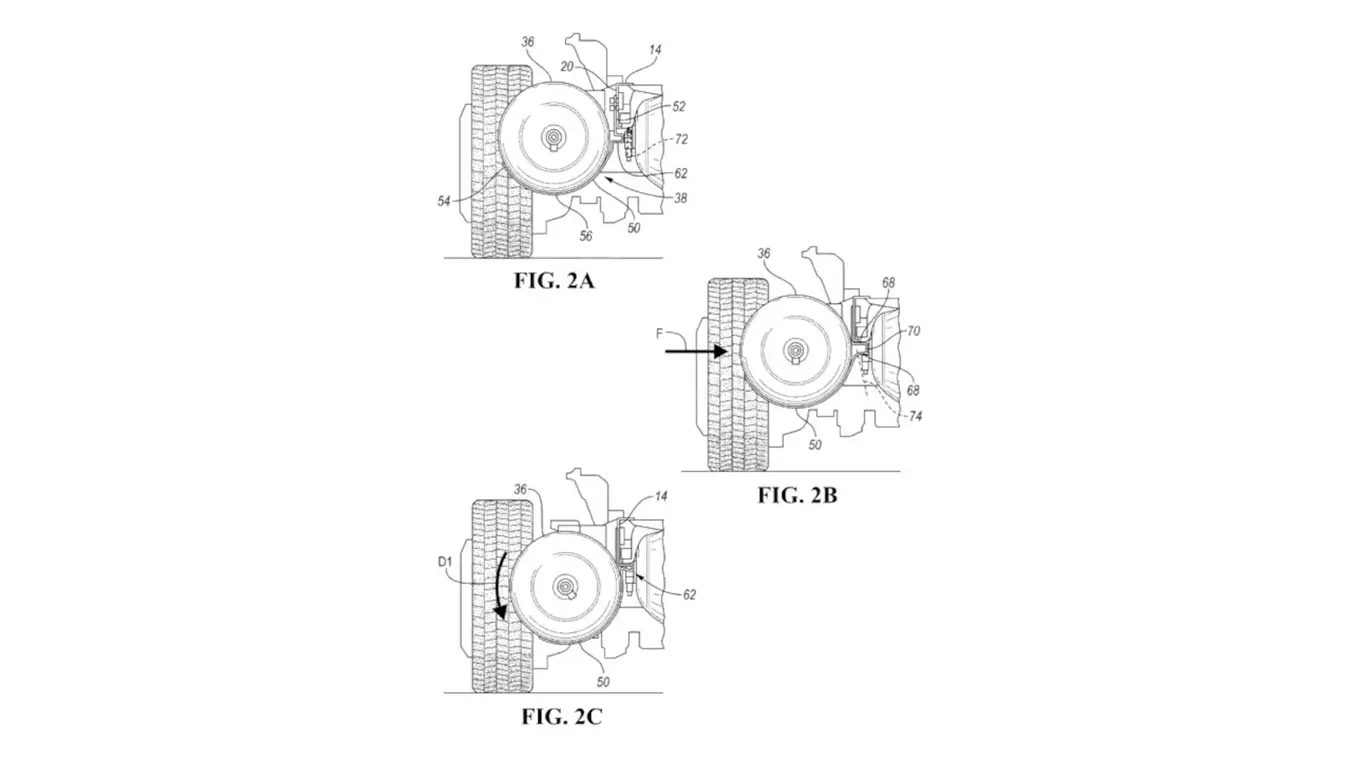News
Ford Introduces Advanced Safety Design for Compressed Gas Tanks in F-250 and F-350 Trucks

Ford’s new patent details a safety innovation for compressed gas tanks in Super Duty trucks, featuring a design to move tanks away from impact zones and increase capacity.
Ford has filed a new patent with the United States Patent and Trademark Office for an innovative design aimed at making compressed gas tanks safer and potentially increasing driving range. This new technology appears to be intended for large trucks like the F-250 or F-350 Super Duty pickups, similar to a previous hydrogen-related Ford patent discovered by CarBuzz.
One of the major challenges with vehicles that use compressed gas, such as hydrogen or natural gas, is that the tanks are bulky and, being pressure vessels, pose a significant safety risk if ruptured, particularly in a crash. Ford’s new solution involves adding additional tanks outside the vehicle’s chassis but within the body structure.

The patent describes a concave bracket situated between the frame rails to house the usual compressed gas tanks. While these internal tanks are safe, they often don’t provide sufficient capacity. Therefore, Ford proposes adding an additional hinged bracket to the outboard side of each longitudinal frame rail to hold extra tanks.
In the event of a side impact, the bracket could detach, allowing the compressed gas tank to rotate around and under the frame, positioning it beneath the vehicle but off the ground, thus moving it away from the impact zone. This design would not be feasible for vehicles with low ground clearance.

If the collision is severe, to prevent the tanks from becoming detached from the vehicle, Ford’s patent includes tethers that keep the tanks connected to the frame. It also includes stop limits using rubber or plastic stoppers to prevent the tanks from hitting the frame.
Additionally, the tanks would be made from high-strength materials like carbon fiber. Ford also suggests that the design could be enhanced with an electronic controller and sensors that communicate with the advanced driver assistance systems. This would allow the tanks to be moved out of harm’s way just as an impact occurs, rather than relying solely on the bracket’s detachment mechanism.
This innovation indicates Ford’s commitment to advancing hydrogen technology, despite the challenges it currently faces.
Ethan Brown
2024, Jun 14 04:49